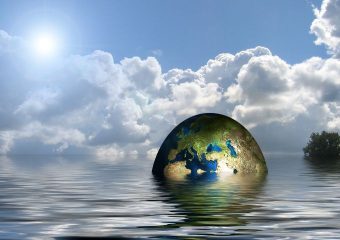
Developing countries have made unprecedented pledges to consume more clean energy tomorrow even as they are leading the way today with record new wind and solar project completions, the latest edition of Climatescope concludes realised yesterday.
Climatescope, the clean energy country competitiveness index and online tool supported by the UK and US governments offers a compelling portrait of clean energy activity in 58 emerging markets in Africa, Asia and Latin America and the Caribbean. The group includes major developing nations China, India, Egypt, Pakistan, Brazil, Chile, Mexico, Kenya, Tanzania and South Africa, as well as dozens of others. Visitors to www.global-climatescope.org can use the site to learn about clean energy policy and activities in individual nations, download extensive datasets, and compare countries on their performance.
This marks the third year Climatescope has been conducted globally and reflects activity in 2015, a year that culminated with the signing of the Paris Climate Agreement at UN-sponsored talks in December. In the run-up to those negotiations, three quarters of the Climatescope nations submitted or reiterated pledges to cut their future CO2 emissions. An even higher number are now on record with promises to achieve certain clean energy consumption goals in coming years.
These countries are not waiting to get started on adding renewable capacity, however. Between them, they added 69.8 gigawatts of new wind, solar, geothermal, and other renewable power generating capacity in 2015 – the same as total installed capacity in Australia today. China accounted for the majority of activity in Climatescope countries, but smaller nations also played important roles. By comparison, wealthier Organisation for Economic and Co-operation and Development (OECD) countries built 59.2 gigawatts last year.
Source: global-climatescope.org

